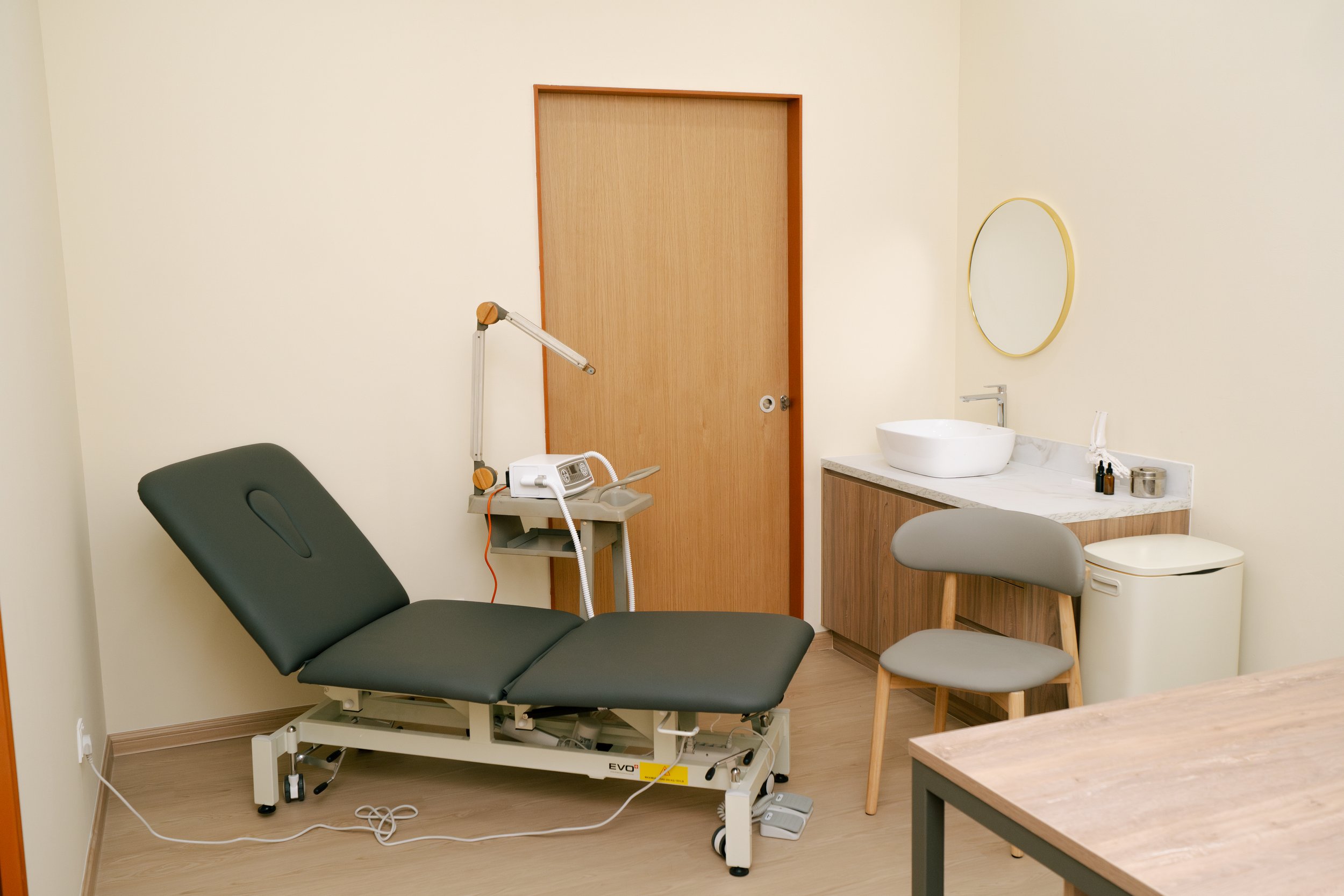
Tarsal Coalition
What Is Tarsal Coalition?
Tarsal coalition is a fusion or abnormal connection between two or more bones in the rearfoot (the tarsal bones), typically the talus, calcaneus, or navicular bones. These bones are supposed to move independently to allow for smooth walking, balance, and shock absorption.
When a coalition (connection) forms—usually made of cartilage, fibrous tissue, or bone—it restricts this natural motion. The result is stiff, painful feet, reduced mobility, and often a rigid flatfoot deformity.
Types of Tarsal Coalition
The most common types of tarsal coalition are:
Calcaneonavicular coalition: A connection between the heel bone (calcaneus) and the navicular bone. Typically noticed between ages 8–12.
Talocalcaneal coalition: A connection between the talus and heel bone. Often detected slightly later, between ages 12–16.
Less commonly, coalitions may also form between other tarsal bones.
Causes of Tarsal Coalition
Tarsal coalition is most often congenital, meaning it is present at birth and caused by abnormal development in the womb. It may not be noticed until later in childhood or adolescence when the bones begin to harden (ossify) and fuse more completely.
Other less common causes include:
Trauma or fractures that heal abnormally
Arthritis or infections affecting the rearfoot joints
Symptoms of Tarsal Coalition
Not all tarsal coalitions are symptomatic, and some are only discovered during imaging for another foot problem. However, for those who do experience symptoms, they can include:
Pain at the back or inside of the foot, especially after activity
A rigid, flat foot that doesn’t move well
Difficulty walking on uneven ground
Frequent ankle sprains or rolling ankles
Muscle spasms along the outer leg due to foot rigidity
Limited side-to-side foot movement
Stiffness and fatigue in the foot and leg
Discomfort worsens during high-impact activity
Symptoms often become noticeable during adolescence as the bones begin to mature and harden.
Diagnosis of Tarsal Coalition
At KL Foot Specialist Podiatry, we begin with a detailed history and physical examination, focusing on:
Foot structure and range of motion
Arch height and flexibility
Gait analysis and muscle activity
Joint mobility testing
If a coalition is suspected, we’ll refer you for imaging studies, typically:
X-rays to visualise bony coalitions
CT scan for more detailed bone structure
MRI to assess soft tissue coalitions and surrounding inflammation
Early detection and accurate diagnosis are key to successful treatment and long-term foot health.
Tarsal Coalition Treatment
Conservative (Non-Surgical) Management
In many cases, tarsal coalition can be managed without surgery, particularly when detected early or if symptoms are mild to moderate. Treatment goals include reducing pain, improving foot function, and avoiding further complications.
We may recommend a combination of:
Rest and activity modification: Avoiding high-impact sports or activities that worsen symptoms
Orthotic therapy: Custom foot orthotics can support the arch, offload painful joints, and improve alignment
Supportive footwear: Shoes with motion control and arch support reduce strain on the rearfoot
DolorClast® High Power Laser: A proven, non-invasive way to reduce inflammation and support healing of inflamed soft tissue
Strengthening and flexibility exercises: Designed to support surrounding muscles and improve ankle control
Anti-inflammatory medication: May be used short-term under GP guidance
Immobilisation
If symptoms are more severe, a moon boot or cast may be required temporarily to offload the coalition and allow surrounding inflammation to settle. This is especially useful during painful flare-ups or after a recent injury.
Surgical Treatment
If conservative treatment fails and symptoms remain severe, referral for surgical intervention may be recommended. This may involve:
Resection (removal) of the coalition to restore mobility
Fusion of surrounding joints in more advanced or arthritic cases
At KL Foot Specialist Podiatry, we will coordinate with trusted orthopaedic specialists and provide post-operative rehabilitation if surgery becomes necessary.
What Happens If Tarsal Coalition Is Left Untreated?
If tarsal coalition is left unmanaged, it may result in:
Ongoing foot and ankle pain
Progressively worsening flatfoot deformity
Increased risk of ankle sprains or instability
Development of arthritis in surrounding joints
Reduced ability to participate in sports or daily activities
The earlier treatment is started, the better the outcomes—especially in children and adolescents.
Prevention and Long-Term Care
Tarsal coalition itself cannot be prevented as it is often congenital. However, managing it properly can help prevent complications.
Long-term management may include:
Wearing supportive, properly fitted shoes with shock absorption
Using custom orthotics during high-impact activities
Maintaining strength and flexibility in the feet and legs
Avoiding overtraining and managing physical load carefully
Regular monitoring with your podiatrist, especially during growth spurts
Why Choose KL Foot Specialist Podiatry?
Our podiatrists are highly experienced in diagnosing and managing complex structural foot conditions like tarsal coalition. We use state-of-the-art technology, custom orthotic solutions, and targeted therapies to help you or your child maintain long-term mobility, comfort and quality of life.
Book Your Assessment Today
If your child has a stiff or painful flat foot, or you’ve been living with persistent foot and ankle discomfort, tarsal coalition may be the cause. Book a comprehensive foot assessment with our podiatry team at KL Foot Specialist today.
